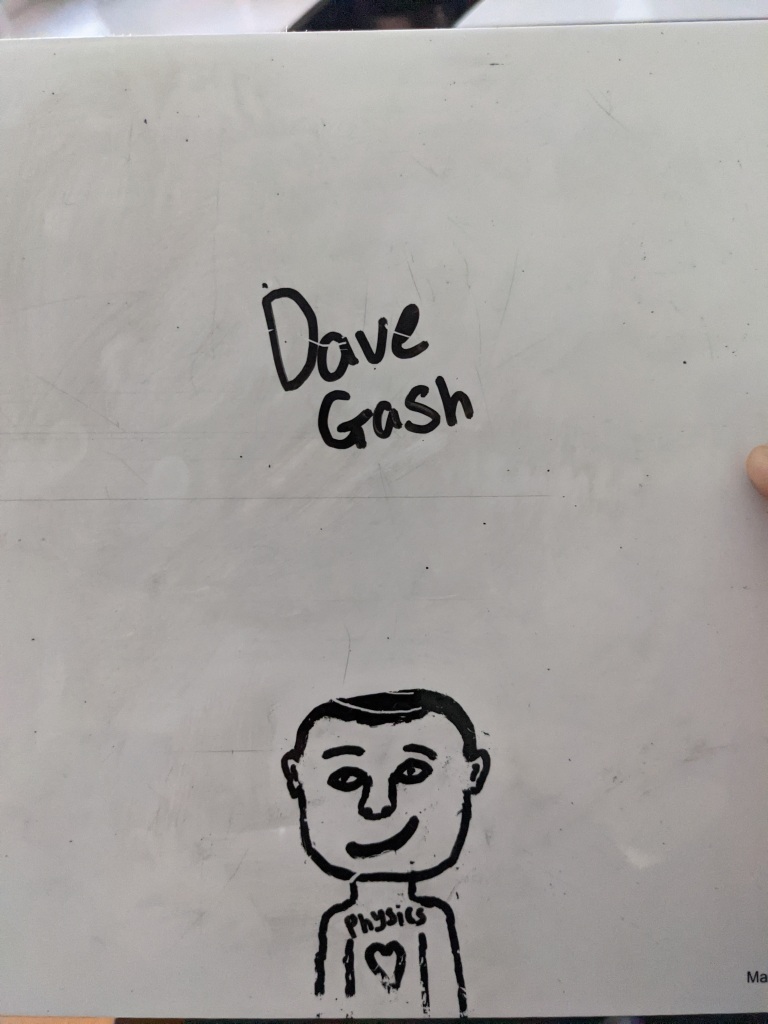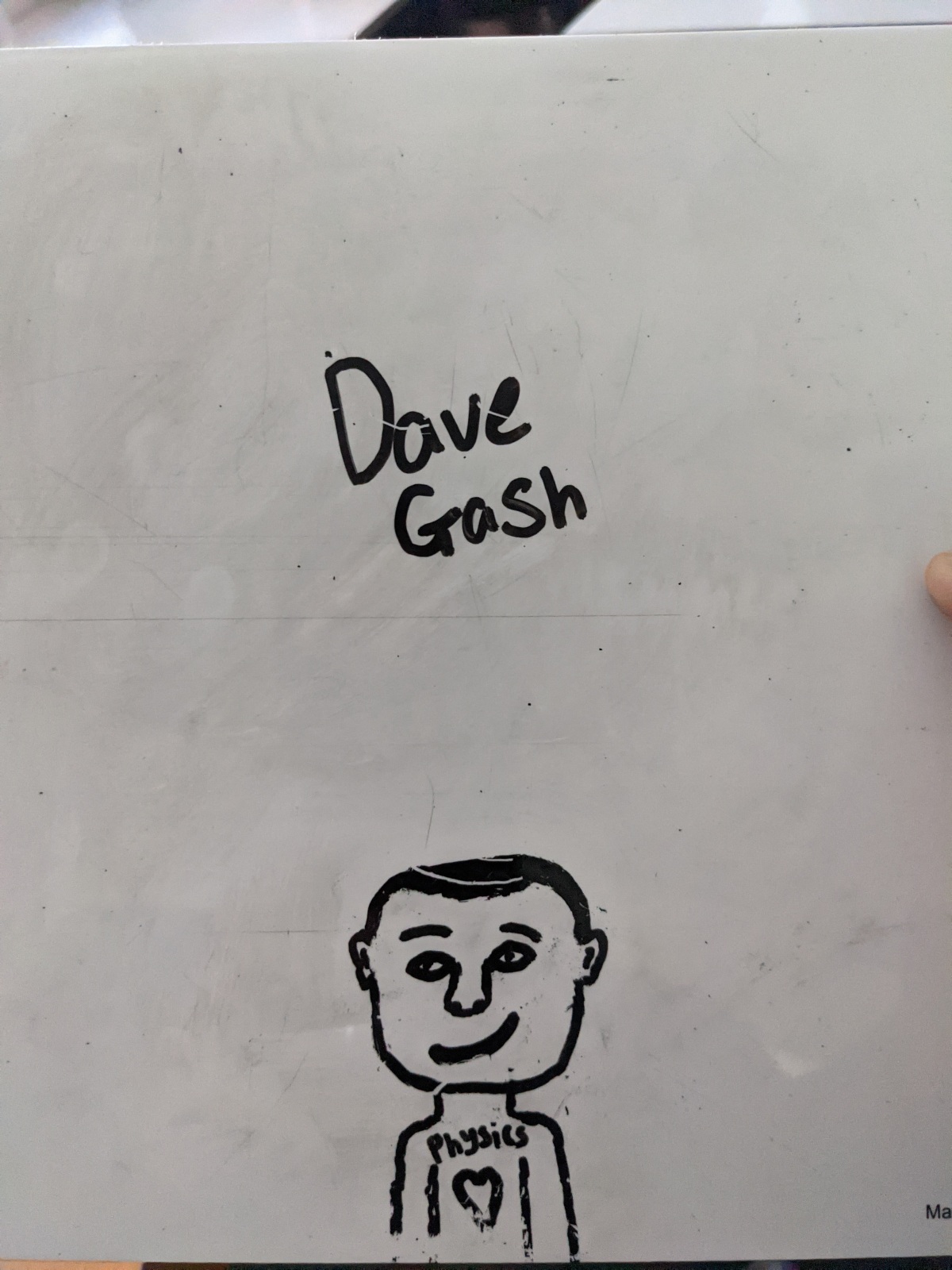I’m going to just say it. I think mini white boards (MWBs) are the single greatest tool in teaching. (Well, maybe joint first with a visualizer!) However, as is the case with all tools in teaching, they are only as good as the teacher who wields them. In this post I aim to share some of my top 5 tips for their use in the classroom.
But first, pupils need to be trained in their use.
Training the pupils to use MWBs effectively is well worth the time cost. You cannot just give the boards out and then start asking questions. You have to define the format in which you expect the pupils to respond and outline the protocol in which they do so. In each of the strategies listed below I will include a “And how it is done” which will discuss the format in which the pupils must respond. These routines will have been explicitly taught, and reinforced each time we are about to commence the activity.
1. – Lesson start (“Do now”) – prior knowledge quiz.
My department and I have been introducing prior knowledge quizzes with the pupils designed specifically to target the prior knowledge the pupils need to have in order to successfully add the new knowledge from the upcoming lesson to their schema. (A shout out to Adam Boxer here who did some work with us a year ago on this.) Together we looked at some of my department’s early examples of these prior knowledge questions and tweaked them to ensure that we could “standardize the format” of the pupil’s responses. Here is an example taken from our GCSE Physics course (Nb – each question and answer animates one-by-one at the teacher’s pace):

Notice the wording of questions 3 and 4. The front loading of “draw this line” ensures that the pupils have exactly that drawn on their MWBs. This means, when they answer the rest of each question, I can assess whether or not they have understood the “perpendicular” with higher accuracy from the standardized format of the pupil’s responses. This conversation really was a lightbulb moment last year and has gone on to inform our design of prior knowledge questions for the rest of our courses. Here is another example, this time from KS3:

Note the way in which question 3 is framed. By specifying the use of only 10 particles, you reduce the chance of pupils wasting time drawing dozens of them, plus you standardize the format of the response on the whiteboards.
And how is it done?
- Each pupil has a board and a pen. The teacher will click the PowerPoint slide to reveal the first question.
- The teacher will also read the question out twice just in case some pupils are unsure about the pronunciation of a word. (Some teachers choose to reduce the cognitive load here and read the question out first before revealing it on the board, so not too overload the auditory channel.)
- The pupils then get a short, defined, period of time to write their answer on the whiteboard.
- The teacher gives the instruction “if you are unsure, please write a question mark on your board”. This allows for a clearer picture of who does not know, and ensures a “no opt out” approach.
- The teacher then calls “3, 2, 1, boards up”, ensuring all pupils take part.
- The teacher scans the room and then reveals the answer.
Next is the important part. If no one knew the answer, the knowledge must be taught! In some instances this may mean a 5-20 minute detour from the intended learning however this will often lead to stronger learning in the longer term and is worthwhile!
(Nb – For September 2022 my department and I have decided to use these quizzes as the “do now” in all our lessons. The pupils will be writing their responses in full sentences in books – hence the longer responses on the second example. Why? Well the reason is two-fold. First, we have moved to a full ban on mobile phones, meaning we can no longer use Tassomai for our lessons starts, secondly we have chosen to use this as an opportunity to develop scientific literacy in terms of the quality of student’s written responses.)
2. – Assessment for Learning.
“Learning is invisible” (Was this David Didau?! – I’ll happily take a correction here!) Using whiteboards to check for understanding during the lesson is one of the most powerful uses of MWBs. So you are part way through a lesson, things seem to be going well, the pupils are “engaged” (whatever that means), and you think they have grasped the knowledge so far. Ok, well it is time to check! Using MWBs as a tool for low stakes quizzing is incredibly powerful and follows much of what I wrote about for strategy 1.
And how is it done?
- Each pupil has a board and a pen.
- The teacher calls a question out twice. The pupils are warned in advance that each question will be read aloud “twice, not thrice!” This ensures everyone is listening intently.
- The pupils then get a short, defined, period of time to write their answer on the whiteboard.
- The teacher gives the instruction “if you are unsure, please write a question mark on your board” to ensure no opt out.
- The teacher then calls “3, 2, 1, boards up”, ensuring all pupils take part.
- The teacher scans the room and then reveals the answer.
The beauty of this is it allows you to get a true sense of what has been retained in the shorter term. These quizzes can be interleaved with knowledge from previous topics to check to see if knowledge has been committed to long term memory. After 15 years of teaching, these moments in my lessons still throw up surprises in terms of what the pupils can and can not yet do and from this, I reteach as needed.
3. – Supporting individual pupils.
Some pupils need further guidance and support. It is part of the bread and butter of teaching that, once a task is underway, we circulate and check on certain pupils to ensure they are clear about what they need to do. Having a MWB on the pupil’s desk is a non-threatening why of offering further clarifications, especially for those who just hate the extra green biro pen in their exercise books! It is also a wonderful way of providing support with spellings on a 1-2-1 basis and worked examples of calculations.
And how is it done?
- Once you have launched your activity / task, circulate.
- Stop at those pupil’s who need immediate support / checking.
- Discretely, over the shoulder or crouched down next to the pupil, whatever is most comfortable for the pupil and teacher.
- Continue to circulate, look at the pupil’s books as you do.
- Stop and support as required.
It is worth noting that circulation is such an important tool for assessment. You may find that there is a significantly minority or even a majority who have not grasped what you thought they had. In these instances, bring them back to the front board and reteach!
4 – Practicing scientific drawings.
Science is a subject rich in diagrams, procedures and techniques. MWBs offer a wonderful way of engaging the pupils in the practice of getting these things right more often! This makes for a really rich retrieval practice and assessment opportunity.
And how is it done?
- “Right class, you now have 2 minutes to draw a fully labelled palisade mesophyll cell, this must include all labels discussed in lessons.
- Teacher circulates and praises!
- After around 1 minute, clues are put up on the board as required. This could be the list of key labels or a partially completed diagram. I like to do the latter via my own MWB drawing under a visualizer.
- Teacher circulates again.
- 30 second warning given.
- An excellent example from the class is shared and assessed via the visualizer.
This task can be carried out with other aspects of the curriculum, such as: the steps in making salts, diagrams for making chromatograms, a fully labelled fractionation tower, or bar diagrams showing the transfer or energy between stores! The possibilities are endless! I sometimes like to name a piece of scientific equipment, such as a conical flask, and then ask the pupils to draw it (scientifically) in 30s.
5. – Got time left? Get the board’s out!
Sometimes lessons can run quicker than anticipated. Having MWBs on desks means that, should you end up with a few minutes to spare, you can immediately start a quiz like those described in strategy 3 or 4! No more lost learning time! 🙂
Concluding thoughts.
MWBs are a fantastic tool for aiding the teacher in being responsive to the needs of the class, whether this is in supporting groups, individuals, or simply assessing learning. Yes there are trade offs, such as the time required to give the boards out / collect back in, the training of pupils, and potential behavioural issues that may arise. The latter ultimately comes down to your own expectations of your pupils. If it will enhance the learning that takes place, surely it is worth doing?
And no, I am not immune to random drawings appearing on the MWBs in my lessons. See “exhibit A” below, taken from a Y10 lesson this year. It is a pretty good likeness to be fair.

As always I’ll be over on twitter happy to chat more about MWBs or anything else teaching related! Have a great day!
Thanks for stopping by.


[…] Mini Whiteboards – 5 top tips […]
LikeLike
[…] obsessed with mini-whiteboards (MWB’s). I speak of my use of them in my lessons in a more extended post here should you wish to read it (I know I have linked a lot in this post already!) Needless to say there […]
LikeLike